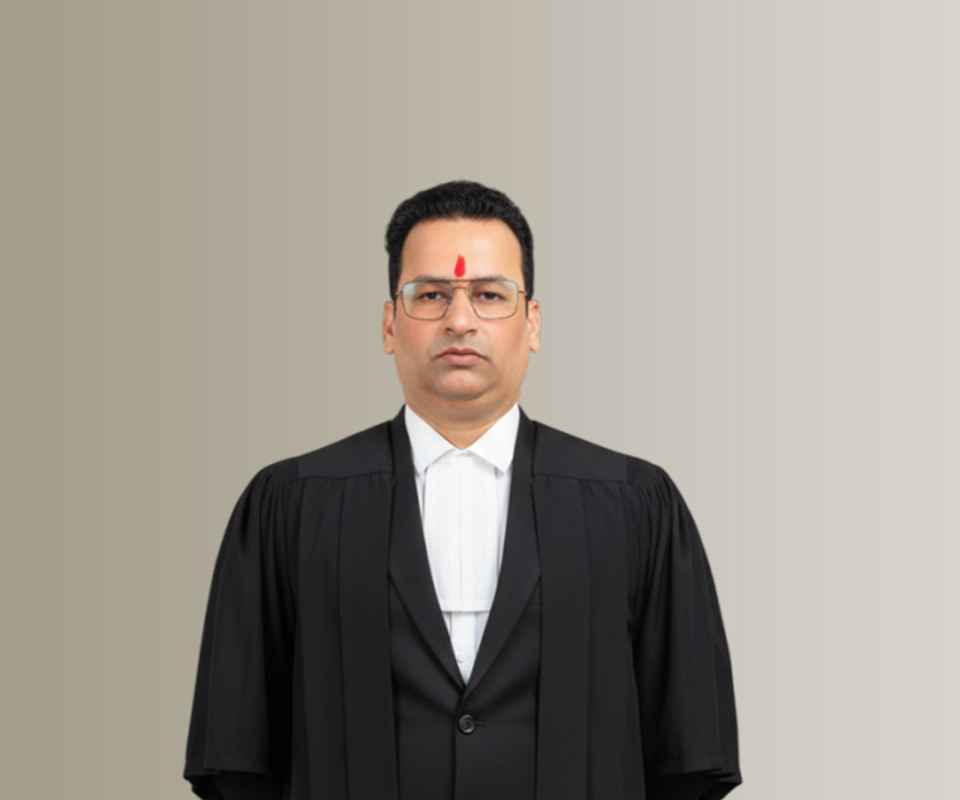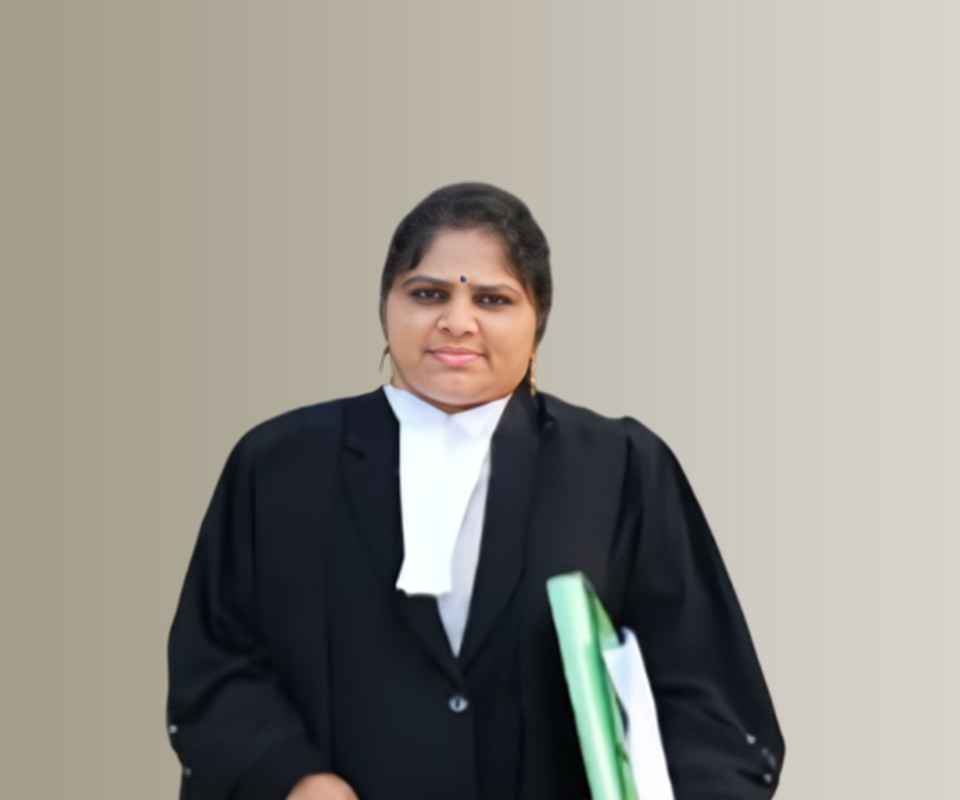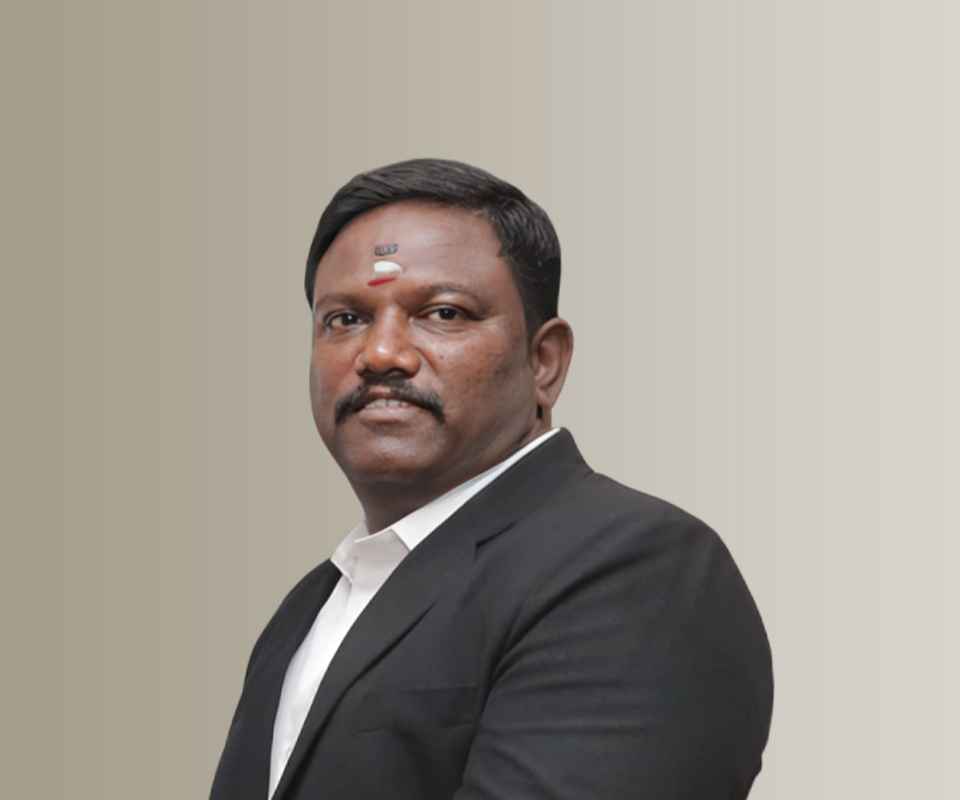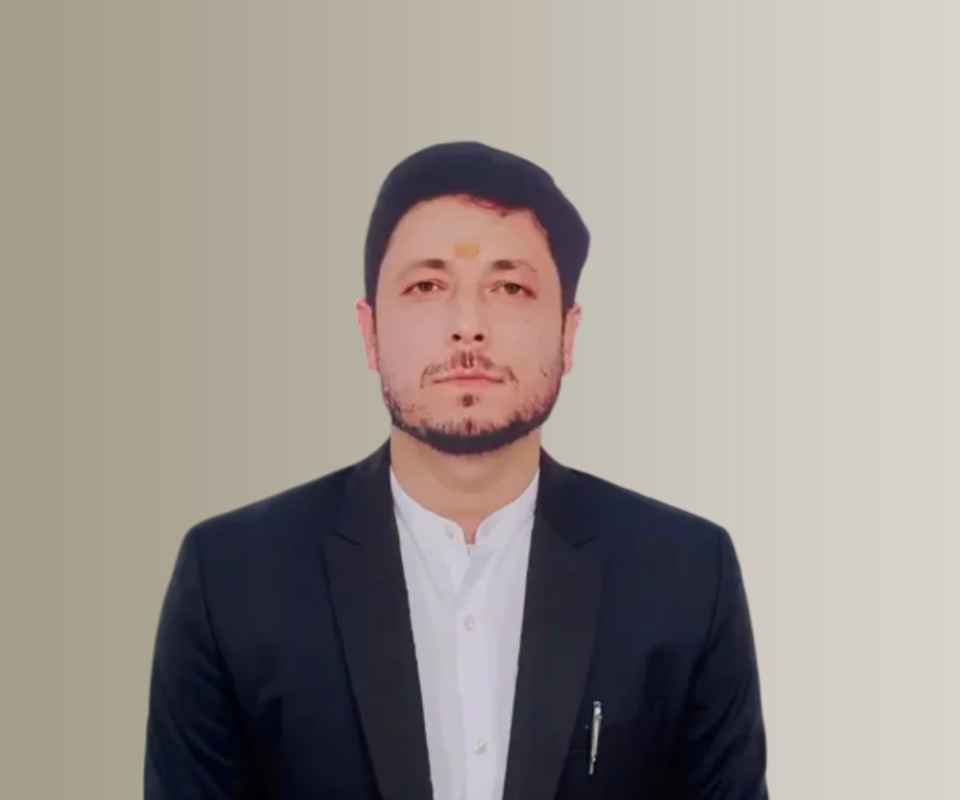Answer By law4u team
Constitution Of India Article 79: Constitution of Parliament
There shall be a Parliament for the Union which shall consist of the President and two Houses to be known respectively as the Council of States and the House of the People.
Brief Detail
Article 79 sets out the structure of the Union Parliament, comprising three elements: the President, the Council of States (Rajya Sabha), and the House of the People (Lok Sabha). The Parliament functions as the supreme legislative body responsible for making laws and overseeing the executive branch of the Union Government.
Question & Answers
What does Article 79 of the Constitution of India establish?
Article 79 establishes the structure of the Union Parliament, consisting of the President, the Council of States (Rajya Sabha), and the House of the People (Lok Sabha).
Why is Article 79 significant?
Article 79 provides the legal framework for the functioning of the Parliament of India, ensuring the legislative process involves the President and two Houses, making it an integral part of India's democratic system.
Example
For example, when a bill is proposed, it must be passed by both the Rajya Sabha and the Lok Sabha, under the oversight of the President, as established by Article 79.







